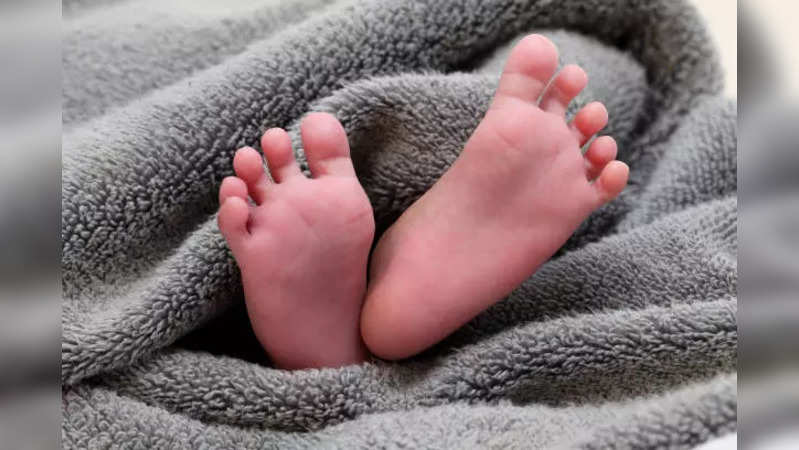Congenital disorders
Baby Girl Born With 14 Fingers, 12 Toes In Rajasthan; Why Do Genetic Anomalies Happen
The infant has seven fingers each on her palm and six toes each on her foot
The condition, known as polydactyly, is a rare phenomenon that is a genetic, congenital abnormal disorder. Experts say extra fingers and toes are usually small and irregularly developed.
The infant, believed by the family to be an incarnation of a Goddess, has seven fingers each on her palm and six toes each on her foot.
What is polydactyly?
Scientists say even though being born with an extra finger or toe does not mean the baby will have any long-term development issues, it is, however, possible that the genetic code will be passed on further to the kids in the family.
Polydactyly is one of the most common birth defects affecting the hands and feet of babies but does not cause any ailment or developmental disorders in the future.
According to studies, African-American and Asian babies are ten times more likely than white ones to be born with polydactyly. Male infants are more likely to be born with polydactyly than females.
Why do genetic anomalies happen?
Anything that changes a gene while the baby is developing can cause changes in their body, which many times are not noticed, and other times can cause issues like polydactyly and other congenital conditions.
If something affects the genes that are responsible for developing your baby’s limbs, hands, and feet, there’s a chance they might be born with polydactyly.
Research says some forms of polydactyly are dominant traits, in which if one biological parent carries the genetic code for it, their babies have a 50 per cent chance of being born with polydactyly.
How can polydactyly be treated?
Experts say polydactyly is usually corrected by surgically removing the extra digits from a child’s hand or foot. Surgery includes tying a tight string or band around the base of the extra finger that cuts off its blood supply. A week or two later, the extra finger will fall off.
The process is termed medically safe and does not endanger blood flow to their other fingers or the rest of their body. However, surgery is usually only used if the baby’s extra finger does not have any bones or other connective tissues developed in it.
Disclaimer: Tips and suggestions mentioned in the article are for general information purposes only and should not be construed as professional medical advice. Always consult your doctor or a dietician before starting any fitness programme or making any changes to your diet.

